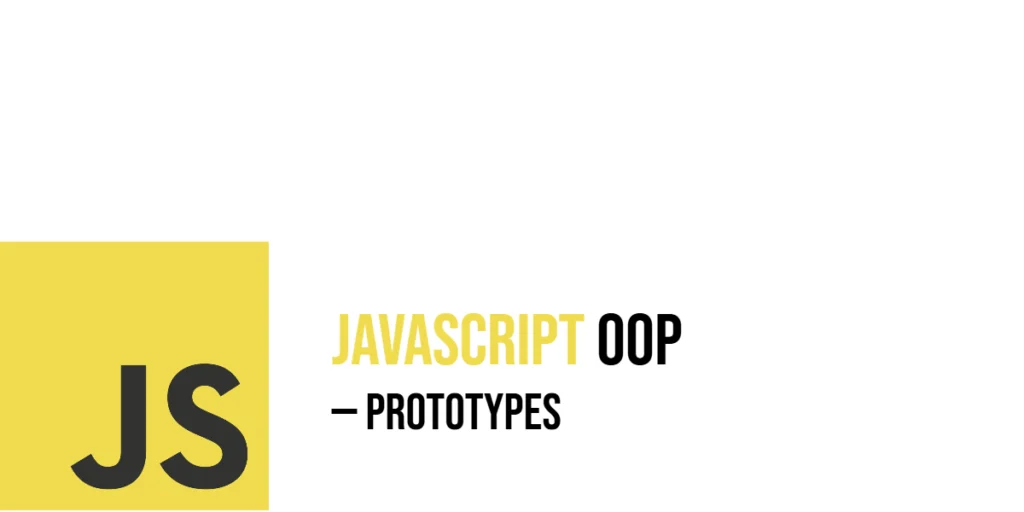Sorting is a core concept in programming that helps organize data in a meaningful order. One of the easiest and most intuitive sorting algorithms to understand is Insertion Sort. It works like arranging playing cards in your hand. You pick one element at a time and insert it into its correct position relative to the already sorted part of the array. This makes it easy for beginners to visualize how sorting gradually organizes the list.

with hands-on learning.
get the skills and confidence to land your next move.
Insertion Sort is especially useful for small datasets or arrays that are already nearly sorted. Unlike more complex algorithms like Quick Sort or Merge Sort, it is simple to implement and understand. By learning Insertion Sort in Ruby, beginners get a chance to see how elements are compared, shifted, and placed step by step. In this article, we will explore multiple ways to implement Insertion Sort, including loops, recursion, and variations for ascending and descending order, helping you build a strong foundation in sorting algorithms.
Program 1: Insertion Sort Using Simple Loops
This first program demonstrates Insertion Sort using a straightforward loop structure. It sorts a predefined array of numbers in ascending order.
# Program 1: Insertion Sort using simple loops
numbers = [12, 11, 13, 5, 6]
for i in 1...numbers.length
key = numbers[i]
j = i - 1
while j >= 0 && numbers[j] > key
numbers[j + 1] = numbers[j]
j -= 1
end
numbers[j + 1] = key
end
puts "Sorted array: #{numbers}"In this program, the algorithm picks each element and compares it with the elements before it. If the previous element is greater, it shifts it one position to the right to make space. This continues until the correct position for the selected element is found. Beginners can easily see how the array gradually becomes sorted, making Insertion Sort an excellent tool for understanding step-by-step sorting.
Program 2: Insertion Sort in Descending Order
Sometimes, you might want to sort data from largest to smallest. This program demonstrates how Insertion Sort can be modified to sort in descending order.
# Program 2: Insertion Sort in descending order
numbers = [22, 11, 99, 88, 9]
for i in 1...numbers.length
key = numbers[i]
j = i - 1
while j >= 0 && numbers[j] < key
numbers[j + 1] = numbers[j]
j -= 1
end
numbers[j + 1] = key
end
puts "Sorted array (descending): #{numbers}"Here, the comparison in the while loop is reversed, so larger elements are placed before smaller ones. This approach helps beginners understand that sorting order is just a matter of changing the comparison condition. It is useful in scenarios like ranking scores or prioritizing tasks.
Program 3: Insertion Sort Using a While Loop with Swapping
This variation demonstrates Insertion Sort with a slightly different approach using while loops and swapping, which can make the logic clearer for beginners who like visualizing element movement.
# Program 3: Insertion Sort using while loop with swapping
numbers = [7, 4, 5, 2, 9]
i = 1
while i < numbers.length
j = i
while j > 0 && numbers[j - 1] > numbers[j]
numbers[j - 1], numbers[j] = numbers[j], numbers[j - 1]
j -= 1
end
i += 1
end
puts "Sorted array: #{numbers}"Instead of shifting elements, this version swaps elements as needed to place the key in the correct position. This makes the algorithm visually intuitive because beginners can see exactly which elements are moving and how the sorted portion grows. It also shows that there are multiple ways to implement the same logic.
Program 4: Insertion Sort Using Recursion
Recursion allows a function to call itself to solve smaller subproblems. Insertion Sort can be implemented recursively, which is a great way to practice recursion while learning sorting.
# Program 4: Insertion Sort using recursion
def insertion_sort_recursive(array, n = array.length)
return array if n <= 1
insertion_sort_recursive(array, n - 1)
key = array[n - 1]
j = n - 2
while j >= 0 && array[j] > key
array[j + 1] = array[j]
j -= 1
end
array[j + 1] = key
array
end
numbers = [8, 3, 5, 1, 4]
sorted_array = insertion_sort_recursive(numbers)
puts "Sorted array: #{sorted_array}"In this recursive approach, the array is gradually sorted from the beginning. Each recursive call sorts a smaller portion until the base case is reached. This teaches beginners how recursion can simplify repetitive tasks while still following the insertion logic. Understanding this approach can also help in learning more advanced recursive algorithms later.
Frequently Asked Questions (FAQ)
Insertion Sort often raises questions for beginners. Here are some common queries:
Q1: What is the time complexity of Insertion Sort?
Insertion Sort has a worst-case and average-case time complexity of O(n²). Its best case is O(n), which happens when the array is already sorted.
Q2: Is Insertion Sort stable?
Yes, Insertion Sort is a stable sorting algorithm because it does not change the relative order of equal elements.
Q3: Can Insertion Sort sort strings?
Absolutely. Insertion Sort can sort strings alphabetically by comparing characters or whole strings using Ruby’s standard comparison operators.
Q4: When should I use Insertion Sort?
Insertion Sort is ideal for small datasets or arrays that are nearly sorted. It is simple and easy to implement, making it perfect for learning and small projects.
Conclusion
In this article, we explored how to implement Insertion Sort in Ruby using loops, recursion, and variations for both ascending and descending order. Insertion Sort is beginner-friendly because it visually demonstrates how elements are compared, shifted, and placed in the correct position. By practicing these examples, you will gain a solid understanding of sorting logic and strengthen your Ruby programming skills. Keep experimenting with different arrays and sizes, and soon sorting will feel natural and intuitive. Insertion Sort is a great stepping stone to more advanced algorithms, and mastering it gives you confidence to tackle more complex programming challenges.







